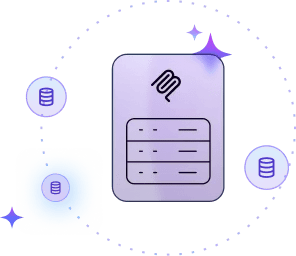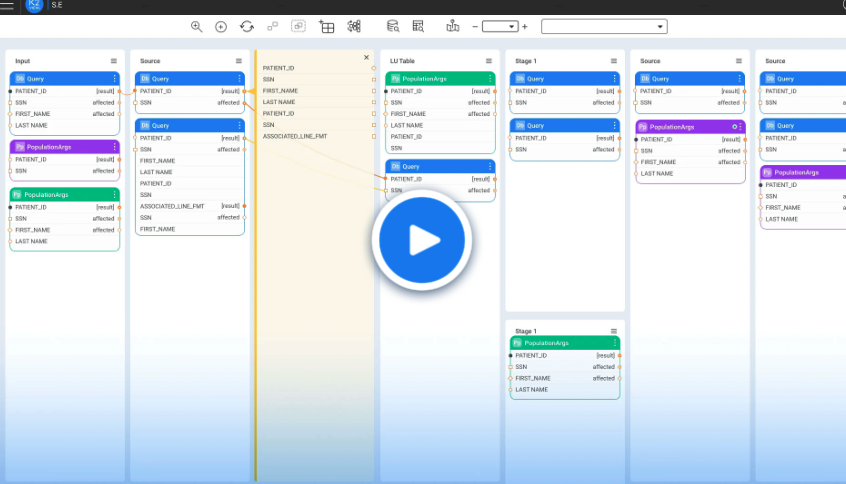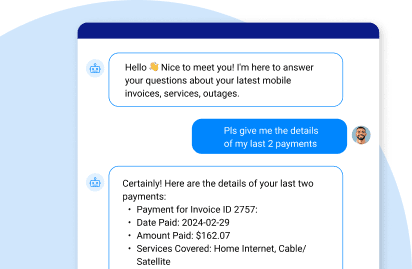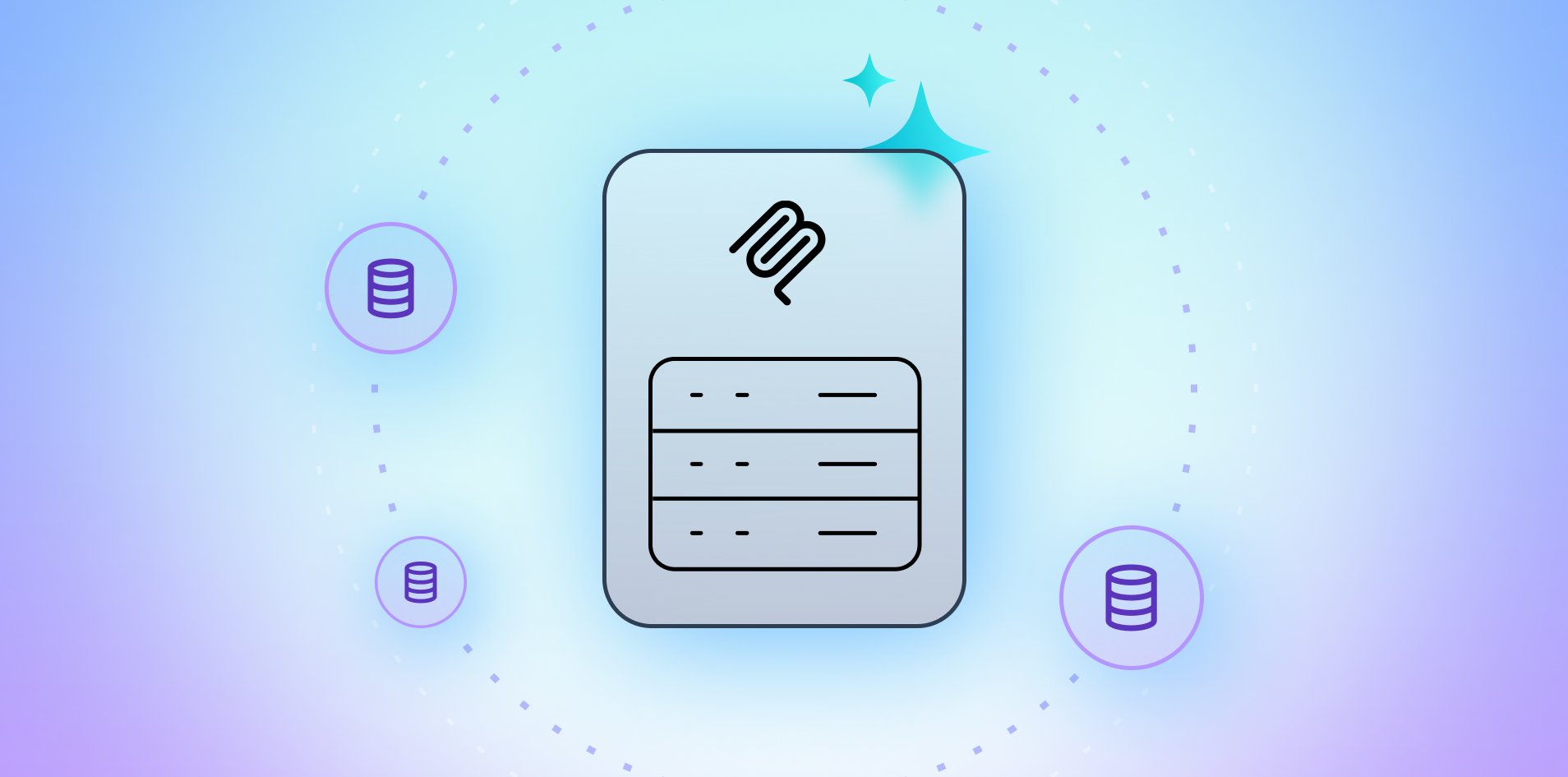MCP for the enterprise is a standardized protocol that grounds LLMs with real-time company data and uses agentic RAG to generate more contextual responses.
The origins of MCP for the enterprise
The emergence of sophisticated generative AI (GenAI) frameworks, such as Retrieval-Augmented Generation (RAG), and agentic RAG systems powered by Large Language Models (LLMs), promises a new era of intelligent business automation.
A RAG architecture LLM agent is capable of chain-of-thought reasoning, decision-making, and acting. However, ensuring the appropriateness, accuracy, and safety of its answers and actions remains a key concern.
A novel framework for addressing this challenge is MCP AI, which relies on the integration of enterprise data and a contextual understanding of the question to be answered, or the action to be taken, to guide and validate the behavior of LLM agents. Only by understanding context can MCP provide for accurate and secure LLM responses to customer queries, and enable effective agentic AI systems for autonomous seller-buyer interaction.
MCP can be seen as an evolving set of principles and practices born from the growing need to control and understand the behavior of GenAI models, particularly those with autonomous capabilities. Its origins can be traced back to several key areas, such as:
- Explainable AI (XAI)
As AI models became black boxes, the demand for transparency grew. MCP builds upon XAI principles by aiming to make the reasoning and decision-making processes of agentic RAG more understandable and verifiable. - Verification and Validation (V&V) in software engineering
Traditional software development methodologies have long emphasized the importance of testing and validation to ensure that the software functions as intended. MCP adopts these concepts, applying them to the unique challenges posed by LLM-powered autonomous agents. - Control theory and robotics
The field of robotics has grappled with the need to control autonomous systems for decades. MCP draws inspiration from control theory, focusing on establishing boundaries and feedback mechanisms for guiding agent behavior within acceptable parameters. - Knowledge graphs and semantic understanding
Early attempts to ground AI relied heavily on structured data. MCP acknowledges the need for structured and unstructured data, emphasizing the importance of RAG architecture.
MCP was developed because simply training an LLM and equipping it with agents, does not generate enough context to respond to real-world situations. Without a clear understanding of concext, the potential for unexpected consequences, biases, and AI hallucinations is greatly increased.
MCP enterprise challenges
MCP enterprise deployments must address several key challenges facing agentic RAG systems, including:
- Credibility
LLMs, while powerful in language generation, can sometimes operate without a firm connection to real-world facts and enterprise-specific data. This confusion can lead to generative AI hallucinations or actions based on inaccurate or irrelevant information. - Insufficient evidence
The decision-making processes of complex LLMs can be difficult to trace and understand. This lack of transparency makes it challenging to identify the reasons behind an agent's actions and to debug potential issues. - Behavioral problems
Without clear conceptual boundaries and control mechanisms, agentic AI systems can exhibit unexpected or undesirable behavior, especially in novel or edge-case scenarios. - Performance reviews
Traditional testing methods may not be sufficient to thoroughly validate the behavior of autonomous agents that can learn and adapt over time. Ensuring that an agent consistently operates within acceptable ethical and operational boundaries requires a more nuanced approach. - Enterprise integration
Agentic RAG needs to interact with existing enterprise apps and data sources. Ensuring integration while maintaining data integrity and security is a significant challenge.
Why MCP has become the de facto protocol for GenAI
A Practical Guide
Learn how to use MCP to connect your GenAI apps to enterprise data in real time - securely, accurately, and at scale.

MCP enterprise components
MCP enterprise installations address these challenges by focusing on explicitly defining and managing the underlying concepts of your agentic RAG system. Remembering that MCP is NOT a single technology, but rather a set of principles and methodologies that guide the development and deployment of your GenAI systems.
Key to the implementation of MCP is the interaction between the MCP server and the MCP client:
- MCP server
The MCP server is the component responsible for exposing specific capabilities – access to data, tools, or predefined prompts – through a standardized MCP interface. Think of it as a gateway that understands the MCP protocol and knows how to interact with underlying systems (databases, APIs, etc.). A single MCP server can offer various tools or resources that an agent can use. For example, an MCP server might expose a tool to query customer data, another to initiate a payment, and a resource containing product catalogs.
Have a look at the most awesome MCP servers for 2025.
- MCP client
The MCP client is the AI agent that wants to access the capabilities exposed by one or more MCP servers. The client initiates a connection to the server and uses the MCP protocol to discover available tools and resources, and then invoke them as needed to achieve its objectives. An agent might connect to multiple MCP servers to gather information from different sources or utilize various functionalities.
The interaction follows a structured pattern: The MCP client sends requests to the MCP server, specifying which tool or resource it wants to use within the required parameters. The MCP server processes the request, interacts with the underlying system, and returns a response to the MCP client in a standardized format.
MCP enterprise architecture
The client-server architecture ensures a consistent and controlled way for LLM agents to interact with the external world.
- Contextual understanding
The core context of a given query must be clearly understood – by creating ontologies, knowledge graphs, or other structured representations of the business entity (e.g., the customer Joe Smith), and by examining his relationships, and past interactions with the company. - Data grounding
MCP emphasizes the importance of LLM grounding to ensure that the agent's knowledge base is accurate, up-to-date, and relevant to the specific task at hand. The MCP server plays a crucial role here by providing the connection to those data sources. - Context mapping
MCP establishes clear mappings between the defined concext and the actions the agent can take – to ensure that the agent's actions are consistent with customer intent. The MCP server exposes these actions as tools that the MCP client can invoke. - Rule enforcement
MCP defines rules that govern the agent's behavior based on business logic, ethical considerations, and LLM guardrails. The MCP server can enforce some of these rules at the data access, or tool execution, level. - Monitoring and feedback
Implementing mechanisms for monitoring the agent's actions and providing feedback is crucial for MCP – such as detecting deviations from expected behavior and correcting reasoning and actions accordingly. Interactions between the MCP client and MCP server can be logged and monitored. - Explainability and audit-ability
MCP aims to enhance the explainability of an agent's actions by providing insights into the underlying concepts and the reasoning that led to a particular decision. Standardized communication through the MCP server contributes to better audit trails.
Simplifying MCP enterprise integrations with K2view
Implementing MCP at enterprise scale requires more than just protocol adoption – it demands a unified way to expose accurate, governed data across all business systems. K2view delivers this by serving as a centralized MCP server that integrates SAP, Salesforce, SQL Server, and other core platforms into a single governed data product – instantly accessible to MCP clients. Its patented semantic data layer enriches both structured and unstructured sources, applies strict privacy and compliance controls, and ensures responses are provided at conversational latency. This gives agentic RAG systems the reliable, contextual grounding they need to produce accurate and secure outputs, while simplifying how enterprises operationalize MCP.
With K2view MCP integration, organizations can avoid the fragmentation and governance risks of managing multiple MCP servers and instead provide AI agents with a single, consistent interface to enterprise data. By delivering an entity-based view of customers, products, employees, and suppliers across all systems, K2view enables AI agents to reason, decide, and act on trusted information. The result is an MCP enterprise deployment that accelerates GenAI adoption, strengthens data governance, and ensures that agentic AI operates with full context, transparency, and control.
K2view MCP data integration transforms fragmented data into clear, actionable context for your LLMs













